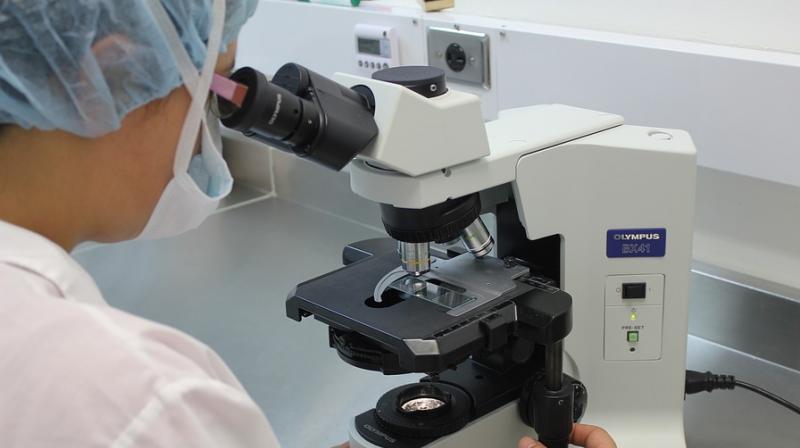New study discovers enzyme that could treat celiac disease

Washington: A new enzyme has been discovered that can help treat celiac disease.
Researchers at the Stanford University have discovered how a disease-associated protein gets inactivated, opening the door to possible new treatments for the disease.
Celiac disease is an autoimmune disorder that affects by some estimates nearly 1 in 100 people. Celiac disease symptoms are triggered by gluten, a protein found in wheat and related plants, but gluten doesn't act alone to cause the digestive symptoms that patients suffer.
Rather, gluten induces an overactive immune response when it's modified by the enzyme transglutaminase 2, or TG2, in the small intestine. The new research identified the enzyme that turns off TG2, potentially paving the way for new treatments for celiac disease.
"Currently, therapies to treat people with celiac disease are lacking. The best approach right now is just a strict adherence to a lifelong gluten-free diet," said Michael Yi, the lead researcher. "Perhaps the reason behind this is our relatively poor understanding of TG2".
The biochemistry of how TG2 interacts with gluten and induces an immune response has been well studied, but more basic mysteries remain, for example how TG2 behaves in people without celiac disease.
Chaitan Khosla, who oversaw the new study, had conducted several studies showing that TG2 can be active or inactive, depending on the forming or breaking of a specific chemical bond, called a disulfide bond, between two amino acids in the enzyme.
"Even though there's a lot of TG2 protein in the small intestine, it's all inactive," Khosla said. "When it became clear that even though the protein was abundant, its activity was nonexistent in a healthy organ, the question became 'What turns the protein on, and then what turns the protein off?'"
In the new paper, the researchers performed experiments in cell cultures and found an enzyme that re-forms this bond, inactivating TG2.
This enzyme, ERp57, is mainly known for helping fold proteins inside the cell. When it turns off TG2, it does so outside of cells, raising more questions about its functions in healthy people.
"Nobody really understands how (Erp57) gets outside the cell," Khosla said. "The general thinking is that it's exported from the cell in small quantities; this particular observation suggests that it actually does have a biological role outside the cell."
TG2 is now also the first protein known to have a reversible disulfide bond on/off switch of this type. "This is a very different kind of on-and-off chemistry than the kind that medicinal chemists would (typically) use," Khosla said.
The results are published in the Journal of Biological Chemistry.

